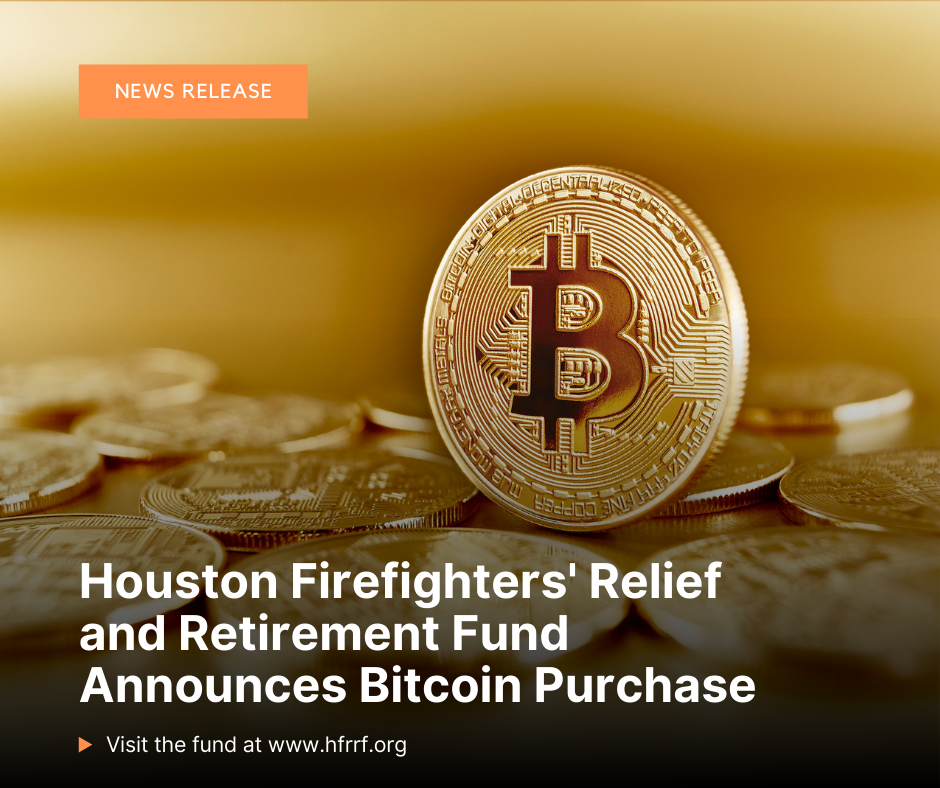|
Empower Retirement recently announced an agreement to acquire Prudential’s retirement plan recordkeeping business. The acquisition promises to capitalize on both firms’ experience and expertise to the benefit of retirement plan participants and plan sponsors. This announcement follows Empower’s earlier acquisitions of MassMutual’s and Fifth-Third Bank’s recordkeeping businesses and has become representative of the retirement plan recordkeeping industry over the last two decades. |
|
Temporary bouts of inflation have arisen in the last two decades, prompting questions that result in lengthy webinars and white papers on the matter as those bouts materialize. On the surface, concerns about inflation appear valid. After all, the notion that higher inflation leads to higher borrowing costs, therefore increasing cap rates and applying downward pressure on valuations, is a simple concept to latch onto and cause worry. In addition, the massive injections of liquidity that governments and central banks have deposited into the global economy over the past dozen years add support for concerns of runaway inflation. |
Read More
|
When it comes to corporate relocations, Texas is hot, and we are not talking about the temperature or humidity. Companies from around the country are taking a hard look at moving to the Lone Star State. |
Read More
How Texan Real Estate is One of the Biggest Beneficiaries of the Outpost Economy
|
Balance can be a challenging ordeal, especially when you are organizing and determining the correct allocation of real estate in a portfolio. Many pension funds will allocate around 15% for real estate investments; these are often core real estate investments that are income producing, high quality assets. By definition, these are often associated with primary markets. |
Read More
|
COVID-19 has increased inequality and aggravated social problems across emerging market economies, fueling populist pressures—but several emerging countries share features that make them particularly vulnerable. Assessing key environmental, social and governance (ESG) metrics can help identify potential pressure points. |
Read More
|
Fed watching is once again one of the markets’ favorite pastimes. Federal Reserve officials continue to signal that they would favor tapering of bond purchases in 2021, in line with recent announcements from the European Central Bank. When and how remain to be seen. With ample speculation about the Fed, unemployment, and inflation, it might be a good time for a reminder about what Fed announcements can, and cannot, tell us about the future of fixed income markets. |
Read More
|
The global health pandemic and economic shutdown present unparalleled challenges to the global economy. The consequences of the financial collapse were far-reaching, exposing vulnerabilities of supply chains throughout the global economy. Recently, the disruptions at the Suez and Panama Canals created global port congestion, a shortage of shipping containers and rising costs of goods. As a result, we anticipate manufacturers will hold more inventory on or near their facilities, increase domestic production and reduce reliance on global supply chains moving forward. We believe this will result in increased demand in the U.S. for logistics real estate in addition to secular shifts like the continued growth of online retailing. “Disruptions can be a negative for companies who are unprepared to adapt to supply chain challenges, or an opportunity to differentiate if a company can secure goods when consumers need it most,” indicated Melinda McLaughlin of Prologis. “In general, most Prologis customers view these disruptions negatively due to lost sales, increased difficulty of planning and volatile prices.” |
Read More
|
Demand drivers stemming from electric vehicles (EVs) and their infrastructure could impact the utilization of several metals and the countries from which they are sourced—many of them emerging markets (EMs). Specifically, the push toward EVs and their infrastructure supports the demand for a number of metals we call commodities of the future—lithium, nickel, aluminum, and copper. |
Read More
Partnership with NYDIG makes HFRRF the first announced investment in bitcoin by a public pension
|
HOUSTON and NEW YORK, Oct. 21, 2021 /PRNewswire/ -- The Houston Firefighters' Relief and Retirement Fund (HFRRF), the pension fund for the City of Houston's firefighters, today announced that it had purchased bitcoin and ether for the defined benefit plan's portfolio. This investment marks the first announced investment in digital assets by a public pension plan in the U.S. and was facilitated exclusively by NYDIG, a leading bitcoin company. |
Read More
Question: What is a digital currency actually backed with as there are no assets within a digital currency?Answer: Cryptoassets are—to quote a recent Bank for International Settlements’ (BIS’) consultative document on the topic—“private digital assets that depend primarily on cryptography and distributed ledger or similar technology.” So the world’s central bankers agree they are assets. |
Read More
|
The issue of funding an increasing pension liability is a lingering concern for many trustees and state officials. As employee contribution rates continue to increase, discount rates are declining, and municipal contributions are under pressure due to competing priorities, many plans struggle to properly manage and continue to provide benefits to employees. |
Read More
Board Diversity: The Time for Change is Now, Will Shareholders Step Up?
|
Much ink has been spilled, much breath expended, and many hands have been wrung over the last decade on the lack of diversity in corporate boardrooms. That chorus only intensified over the last year as protests over racial inequity poured out into the streets of cities across the country. |
Read More
|
Recent economic reports have prompted fears that prices in the U.S. are about to take off. Concerns that pandemic-related supply bottlenecks, combined with increased consumer demand due to unprecedented fiscal and monetary stimulus, would lead to an undesirable jump in inflation seem to be, at least preliminarily, materializing. While increasing costs have been widespread, the greatest opportunity for sustained price increases lies in the labor market and the possibility of a wage-price spiral. |
Read More
|
Read More
With material inflation returning for the first time in years, investors are tasked with defending their portfolios against its erosive effects. Often, this has been done via investment in real estate, long touted as an effective hedging strategy in periods of rising prices, though why this has persisted as part of the investing canon bears repeating given the current environment.
Read More
Inflation—Joining the Dots: Shifting Priorities Open the Door to Higher Inflation
What You Need to Know
As the world starts to recover from the COVID-19 pandemic, a range of factors are converging to create a new inflationary era. Crucially, the policy regime is changing, driven by the need to respond to emerging social and environmental challenges and help manage record peacetime debt levels. These developments reinforce longer-term structural changes that are ending the long period of disinflation that the developed world enjoyed from 1980 to 2020. Such secular trends include the reversal of positive demographics and the start of de-globalization. How did we get to this juncture? What can we learn from previous inflationary episodes? And what are the chances of a different outcome this time?
Read More
Long View on China
The rise of China’s digital champions has been an engine of innovation and growth and a compelling investment opportunity over the past years.
Read More
Part of the job of administrators and trustees of public employee retirement systems is to keep up with legislation that could impact the benefits of their fund's active and retired members. The Library of Congress will hold a public forum next month to update the public on the latest improvements to Congress.gov, the official source for federal legislative information.
Read More
Often an overlooked asset class, we believe that CLO equity deserves strong consideration as a strategic allocation given its attractive historical return profile, time-tested proven structure, and potential diversification benefits the asset class can provide a broader portfolio.
Read More
 |
|




















